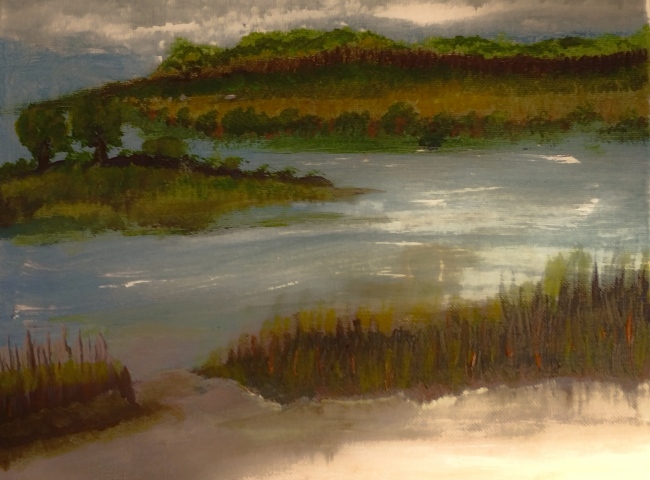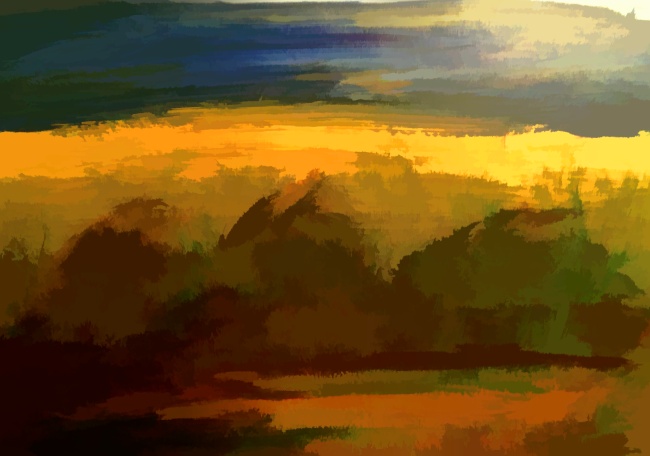The Spirit of Willie….
“Hey Bernie, I’m getting hungry.” “We’ll eat.”
So, I was setting up my computer for a twenty minute session of writing and I Heard, “Willie…” So I looked up from what I was doing to see what Willie was doing.” At that moment I recognized that Bernie must have said, ‘we will eat,” but I heard him calling out for our cherished little Silky Terror who died of a long happy life this past year.
This split second of a non-essential event gave me an idea. Because, how I responded to Bernie was to say, “The Spirit of Willie must be around here because I thought I just saw him.” What on earth do I mean by that and where inside of me did that nearly autonomic response come from. I don’t believe in spirits. I don’t wrestle with extra-terrestial holograms. “yet, I was sure of what I mean without really knowing “in-english” what I meant.
I am going to use this kick-off story above to engage a dialogue, a conversation with and between spirits that I know first hand with my mind and with my heart, to be true spirits.
Back in 1913 about the time that Carl Jung was about to break-up with Sigmund Freud, Carl Jung began a new journal that was not to be published until nearly fifty years after his death. It was a large, red leather bound book in which he recorded his most intense and most internal musings, along with pictures and paintings that might for the first time in centuries rival the illuminates.
It has become know as, The Red Book. His heirs were protecting the name of the good doctor. Having convinced themselves that these were ramblings of a psychotic, de-compensating old man, they locked the book in a safe and only in 2010 was the book finally transcribed and published–psychotic ramblings and all.
I am told that if there is a theme to this red book it is the rebirth of God in every soul.
He had my attention. For the last six years since having left the modern psychoanalytic institute in Brookline, Ma, I have been researching the inter-disciplinary connections that psychoanalysis has with the rest of the world. In many ways the psychoanalytic movement is somewhat of a liberal, philosophical science, that has spent as much time proving to itself that it is a science as it has spent advancing that science.
Having said that, the best education, bar none that I ever participated in has come directly and indirectly from the unique and sophisticated techniques that facilitate, like nothing else that I know, the art and science of learning how to be with a patient.
Continuing the theme of the divided mind that has occupied most of the essays thus far, I would like to have us look at what Carl Jung had to say about the idea of a divided spirit. Early on in the new red book Jung refers to a “spirit that rules the depths of everything contemporary.” And shortly thereafter he refers to, “a spirit of the depth from the time immemorial.”
Jung plays with these two spirits giving them voices. As I read his words my rendition of this calculates well with what I have been referring to as the ego (the CEO, the self, my first name); and the second spirit aligns well with what I have been calling the deeper instincts. I add this here because the use of the word, “ego” really need to be defined each time it is used. It is an amorphous word that carries almost as many definitions as there are writers who use it. It is best to use the German idea (self) as it is the most generic and the closest to the classical use of the word. (1)
The following is an example of a dialogue I might be having with myself. I am using it to illustrate the commons sense value of our subjective understanding. How do we interpret the symbols of our communications with ourselves? Can this view give us a practical look at the simplicity of becoming aware of the duality of our nature? Jung begins this way: “God is a symbol of libido; that is, the God image vs. the metaphysical existence of God.”
The ego speaks in this way–this and this alone is who you are. This, the corporal you, the linguistic you, this who speaks of good and evil, and right and wrong; this is you. Then in a low, calm whispering voice this spirit came to my inner ear and spoke thus: You are a mirror of antiquity, you are an image that reflects the mysteries of light and darkness, you are humanity, you are the outer limits of knowledge. You are The Creator of your world.
Well, you can imagine that I was more than surprised after thinking that I saw the ghost of Willie to be confronted with these two internal views of myself was disconcerting. But the magnitude and the grandiosity of it all appealed to my well honed narcissism. Like the true addict that I am, I immediately wanted more. I was becoming tantalized not only by a book, but but how quickly that book resonated with my internal understanding of my eternally conflicted mind. Here was an opportunity to ask myself, “just what kind of opportunity is this, what am I to be gaining by entering the spirit world. After all, I am the one who perpetually claims that it does not exist, so humor yourself, Al, go for it, you love the challenge of newness. You love the tenderness of fresh warm flesh and the emerging of enthusiasm, if not joy–allow yourself to enter this world that does not exist.

(1) “Ego” is a Latin and Greek (ἑγώ) word meaning “I“, often used in English to mean the “self”, “identity” or other related concepts. Ego, one of the three constructs in Sigmund Freud’s structural model of the psyche; Ego (religion), as defined in various religions in relationship to self, soul etc.











